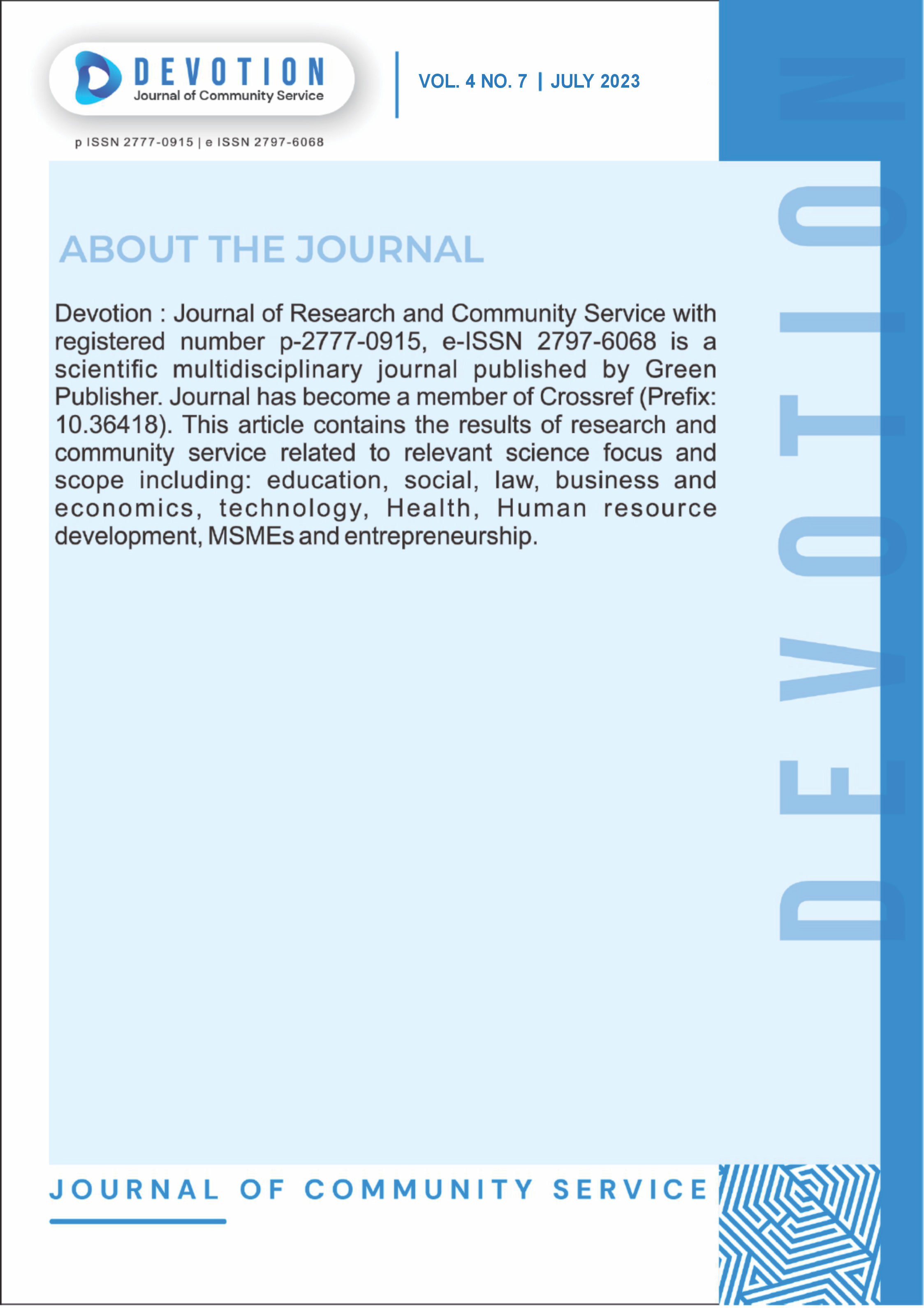Removal of Acrylamida and Caffein in Gayo Arabica Coffe Beans by Vacum Roasting
DOI:
https://doi.org/10.59188/devotion.v4i7.519Keywords:
Acrylamide; caffeine; cancer; vacuum roastingAbstract
The conventional process of coffee roasting at high temperatures above 120oC, in addition to having high caffeine levels and reducing nutrients from coffee, will also cause the formation of acrylamide compounds causing cancer in humans. The coffee used was gayo arabica coffee (Green Bean). This study aims to produce healthy, acrylamide-free and low-caffeine coffee using a vacuum roaster. The coffee was roasted using a vacuum oven at a pressure of 0.1 bar (0.102 kgf/cm2) and at a temperature of 120, 140, and 160ºC with time variations ranging from 30, 60 and 90 minutes to obtain acrylamide-free and lower caffeine coffee. Gayo arabica coffee had acrylamide content of 0.48 mg/kg and Ijen robusta coffee of 0.659 mg/kgwhile the caffeine was 1406.87 ppm for Gayo arabica coffee and 3184.80ppm for Ijen robusta coffee. The acrylamide test was carried out using the high-performance liquid chromatography (HPLC) method at a wavelength of 202 nm, while the caffeine test was carried out using the UV-Vis Spectrophotometry method at a wavelength of 275 nm. The resulted coffee is considered safe for consumption because does not contain acrylamide and has lower caffeine content.
Published
Issue
Section
License
Copyright (c) 2023 C. Cut Aja, M. Sami, S. Saifuddin, N. Nahar

This work is licensed under a Creative Commons Attribution-ShareAlike 4.0 International License.
Authors who publish with this journal agree to the following terms:
- Authors retain copyright and grant the journal right of first publication with the work simultaneously licensed under a Creative Commons Attribution-ShareAlike 4.0 International. that allows others to share the work with an acknowledgement of the work's authorship and initial publication in this journal.
- Authors are able to enter into separate, additional contractual arrangements for the non-exclusive distribution of the journal's published version of the work (e.g., post it to an institutional repository or publish it in a book), with an acknowledgement of its initial publication in this journal.
- Authors are permitted and encouraged to post their work online (e.g., in institutional repositories or on their website) prior to and during the submission process, as it can lead to productive exchanges, as well as earlier and greater citation of published work.













